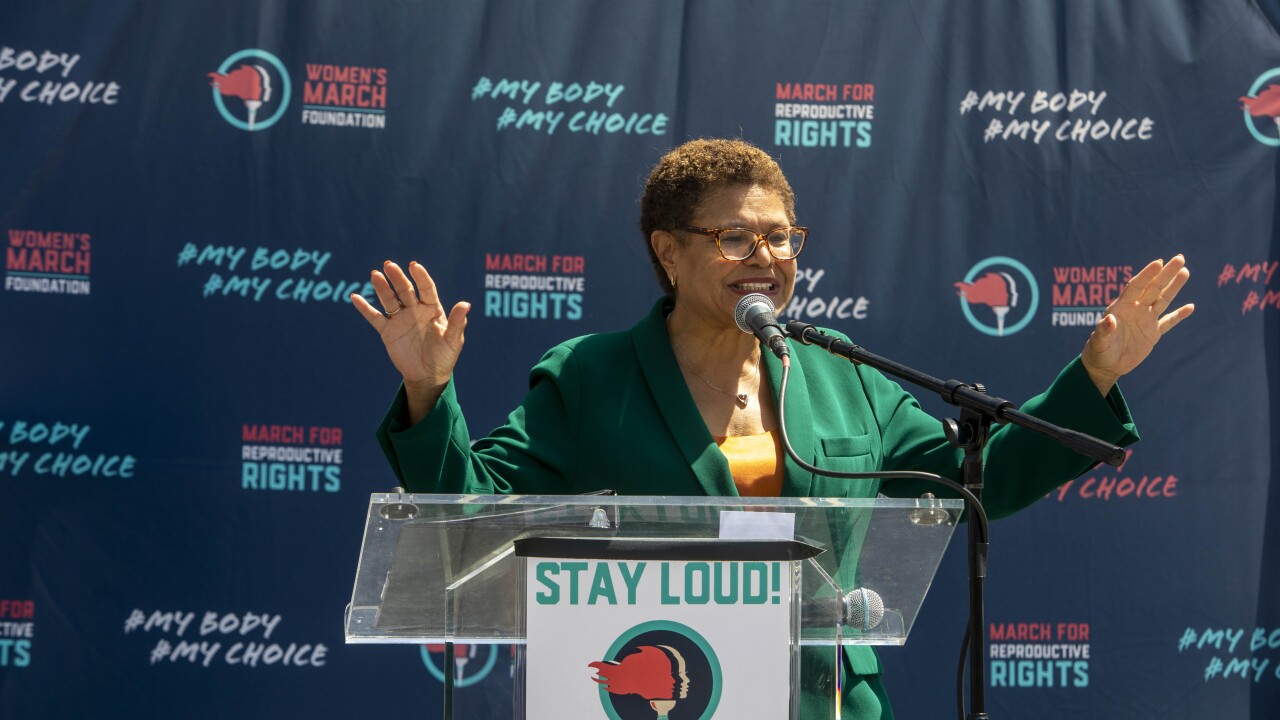NEW HANOVER COUNTY, N.C. — Within the month, New Hanover County's school board could finalize a timeline for redistricting and pick projects for its next multi-million dollar bond — including new schools.
The Board of Education held a workshop Monday night on redistricting, which members originally planned to start this year but have delayed until 2019 at the earliest. District leaders gave the board a thorough run-down of the current state of county schools, from the rising number of mobile classrooms to where new schools should be opened.

"Based on what you've seen in the data, the first question you've got to ask is, 'Is there a need to move forward with some kind of redistricting?'," Superintendent Tim Markley asked the board.
Board members decided to host another — and possibly final — workshop on the timeline for redistricting in late May, at a date to be determined. Between now and then, here are the numbers they'll be mulling:
School capacity
New Hanover County Schools currently has room for 26,321 students. Nearly 6 percent of that space — room for 1,580 students — is in the 79 mobile classroom units owned by the district.
Many mobile units were added in recent years; all four at Bellamy Elementary were bought in 2005 or after.
But several are older than some brick-and-mortar schools in the district; Markley said the average age of a trailer is 20 years. Noble Middle School has two units from 1967 and 1968. The trailer classroom in the worst condition in the county is a Wrightsville Beach Elementary unit from 1976, old enough to have weathered a handful of major hurricanes.
"There's nothing temporary about a building that's 40 years old," Markley said.
On top of that, Wrightsville Beach Elementary has two classrooms in Wrightsville Beach Baptist Church two blocks from the school. A renovation project starting next year at the school will do away with the mobile units, but actually lower the school's capacity by getting rid of those trailers. Markley said a town ordinance requires the school to remove trailer classrooms after major additions, and the school would have to get a variance to leave them in place.
Even if the district eliminates most of its trailers, more students are on their way to New Hanover County.
County estimates indicate by 2040, the local population of 214,000 could grow anywhere from 249,000 to as high as 337,000 people, Markley said. Much of that growth will be in the 45-to-64 age range, the county projects, but plenty of younger families with children are expected to come.
Bonds, past and future
NHCS is halfway done with $160 million worth of projects from the 2014 school bond. Those projects will create room for 1,014 more elementary-schoolers, 592 high-schoolers, and zero middle-schoolers.
Assistant Superintendent for Operations Eddie Anderson said while the 2014 bond includes renovations at Roland Grise, Noble, Trask and Myrtle Grove middle schools, those primarily deal with modernizing classrooms and do not add capacity.
Markley recommended that district leaders start meeting county officials as early as next year to plan the next school bond.
"I think we ought to discuss the bond at the same time that we discuss redistricting," board member Janice Cavenaugh said. The board eventually decided to tackle some bond recommendations at the planned late-May meeting.
Among the items district leaders said should be included in the next bond are: $45 million apiece for two new middle schools, one in the southern part of the county and one at the district's Sidbury Road complex; $3 million to buy land for the southern middle school; $96 million for other middle school additions; and $25 million apiece for new buildings at Pine Valley and Williams elementary schools.
"I would tell you the two must-dos are replacing those two old schools," Markley said.
Demographics
Once again, the issue of socio-economic diversity came up at Monday's workshop.
The district keeps data on the number of students eligible free or reduced-price lunch (FRL) at each school. Schools with higher FRL rates have larger numbers of low-income students, several of which are concentrated in downtown Wilmington. School board members in recent years have resisted drawing districts to balance those numbers, which some members argue would result in busing.
Schools also receive a grade, "A" through "F," from the state based on student performance. Markley pointed out that all three of the district's "F"-schools and five of its six "D"-schools have FRL rates more than 10 percent higher than the district average. In fact, just two schools with rates that high scored a "C", and every "A"-school was more than 10 percent below the district average.
"Why?," board chairman Ed Higgins asked Markley.
"Poverty is obviously is a huge factor in that," Markley said.
"Poor kids are smart," Higgins responded. "I've seen these charts before and before and before, and there's only one answer and that's to put kids on a bus and ship kids all over creation, apparently."
Markley explained that high-poverty schools face a web of factors that can make it difficult to get kids grade-level proficient. Students may not have been able to afford pre-school like their middle- or high-income peers, and often come from single-parent households, Markley said. He said a kindergartener's level of preparation for school is affected by everything from the number of books in her house to the education level attained by her parents.
"Folks, this is 2018, you're not going to go back to 1970s busing," Markley told the board. "But I still think that when we get to redistricting and we look at these schools, we can make a policy that fits with the school board's philosophy of neighborhood schools and still balances this a little better."





